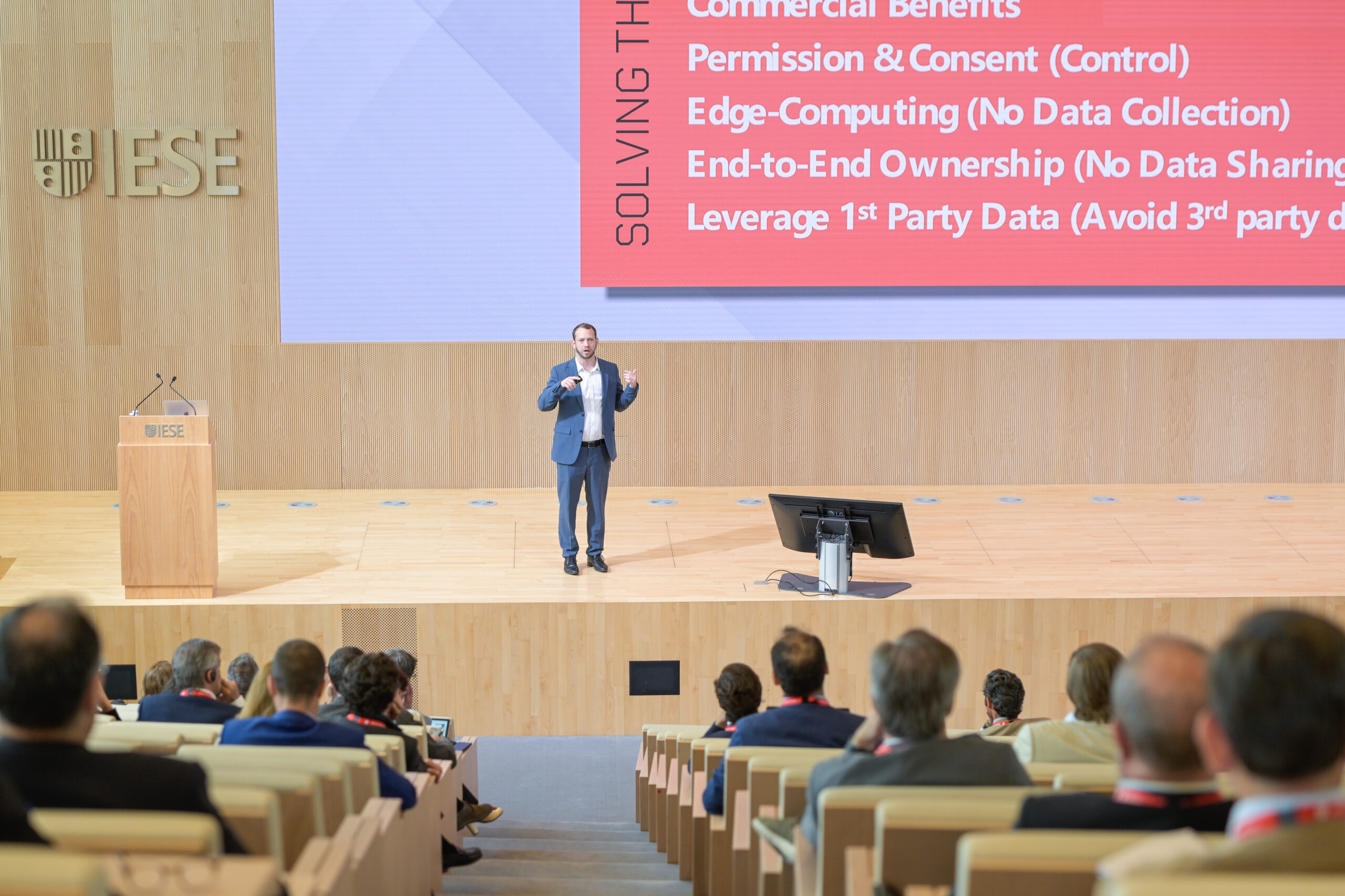This is the dream: you put vast troves of data to work, accurately predicting each customer’s wants and desires, creating individually tailored marketing, sales, and service. You solve problems before they become problems. You operate like a nimble and personalized small business, but at massive scale. Your customers love you. Your competitors wither away.
Perhaps you’ve already set out to achieve this future, but reality is harsh. While you do have a lot of data, it’s stored in siloed legacy systems. You need state-of-the-art machine intelligence to make any sense of it, and further work still to integrate with analytics and customer touch-points. Even if these technical and organizational challenges could be overcome, there are legal and regulatory hurdles to worry about as well. You need a Customer Intelligence Platform.
We will achieve the dream — eventually. Today however, it’s about realism. What specific actions will drive business results this quarter, or this year?
A customer intelligence platform that can deliver value today must follow four key pillars:
1. Handle scale
The data exhaust your customers generate is growing exponentially: purchases, browsing, app usage, messages and calls, GPS coordinates, profile data, and so on. That means you need a system that can handle billions of customer data points in an efficient and high-performance way.
2. Manage complexity
Your solution must be able to match data from a variety of sources to a single profile, and understand both implicit and explicit customer signals. For example, it should be able to tie the attributes in a customer profile to an event log from the customer’s smartphone.
3. Extract value
Data is only as useful as the knowledge you can gain from it. You’ll need a way to derive specific, actionable insights from raw customer data. These insights should be useful in specific scenarios like up-sell, cross-sell, and retention, where you can prove they are driving revenue.
4. Create trust
You must get in front of the privacy issue by showing customers that you’re using data for their benefit. This means creating applications or lines of communication that give their data back to them in a useful way, including personalized experiences, privacy controls, and analytics that help them notice patterns in their usage.
To learn more, be sure to stop by the Customer Centricity Live Panel at TM Forum Europe on May 10th at 4.30pm, where Telefonica UK will be sharing how they’ve realized part of their dream with us.




